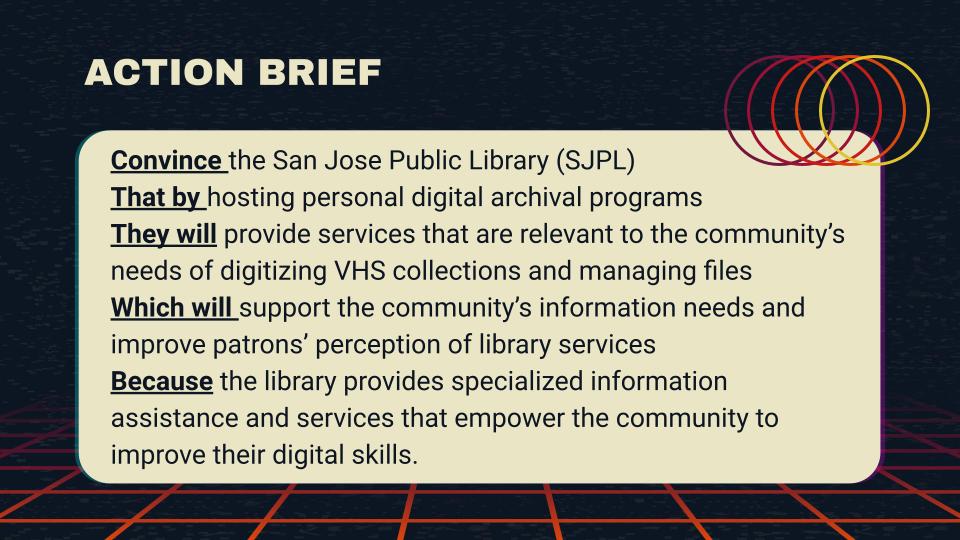Looking Back: The Power of People, Technology, and Stories
These three themes inspired and guided my understanding of hyperlinked libraries and hyperlinked communities. While the ideas are deeply interconnected, each theme is reflected in my work. My work this semester focuses on applying these ideas to public libraries and the communities they serve.
The Power of People and Communities
I began my coursework with Assignment X: Libraries Designed with People in Mind, a report that examined libraries as being designed as places for people instead of just places for collections. My main takeaways from this assignment were that libraries are designed based on the needs of the community they serve, as well as being designed for people to connect and learn in unique and innovative ways.
I continued to explore how libraries can engage their communities in my first reflection blog post, Engaging Hyperlinked Communities. Here, I discussed various forms of hyperlinked community engagement and library outreach services. Two months later, my final reflection blog post circles back around to the same topic, exploring Learning Environments and how libraries address the needs of patrons in virtual and physical spaces.
The Power of Stories
My second and third blog posts focus on the power of stories, exploring first Censorship in Public Libraries and then Little Free Libraries. The two posts examine the contrasting desires to limit and increase access to stories. Censorship, book challenges, and book banning are often done by groups that wish to silence the voices of minorities. Little Free Libraries on the other hand facilitate the free sharing of stories of all kinds with the community.
Inspired by the power of stories, I created my Inspiration Report outlining how the Santa Clara County Library can modify its existing mobile library services to facilitate the sharing of stories through a new senior story hour program. Seniors who attend the story hour programs will not only be exposed to new perspectives in the readings, but will also have the opportunity to share their own stories, memories, and experiences in a discussion following the readings.
The Power of Technology
In my Innovation Strategy and Roadmap, I explored personal digital archival and file management programs. I explained that by hosting these programs, the San Jose Public Library can improve community access to technology, support the development of digital skills, and provide services relevant to the community’s needs.
My favorite assignment to write was my fourth reflection blog post on Robotic Animals in Public Libraries. Inspired by an article in the American Libraries Magazine, I explored public libraries that have added lifelike robotic animals to their collections and the benefits they bring to people of all ages.
Looking Forward: Continuing to Learn After #Hyperlib and the MLIS Program
I will continue to learn once #hyperlib and my time in the MLIS program are complete by keeping an open mind, following current and emerging trends, and listening to what others (in the profession and the community) have to say. Going forward in my career as a library professional, I will dream big, be kind, and be all-in in everything that I do. I will seek a balance between my personal and professional lives but will commit myself wholeheartedly to uplifting the voices of my community.
My understanding of what it means to be a library professional has evolved. I have learned a lot about emerging trends, new models of service, and new horizons in the field of library and information on science. I understand that to work in a library is to work with compassion, with empathy, and with heart. This course has made me feel excited and proud to work in the library.




